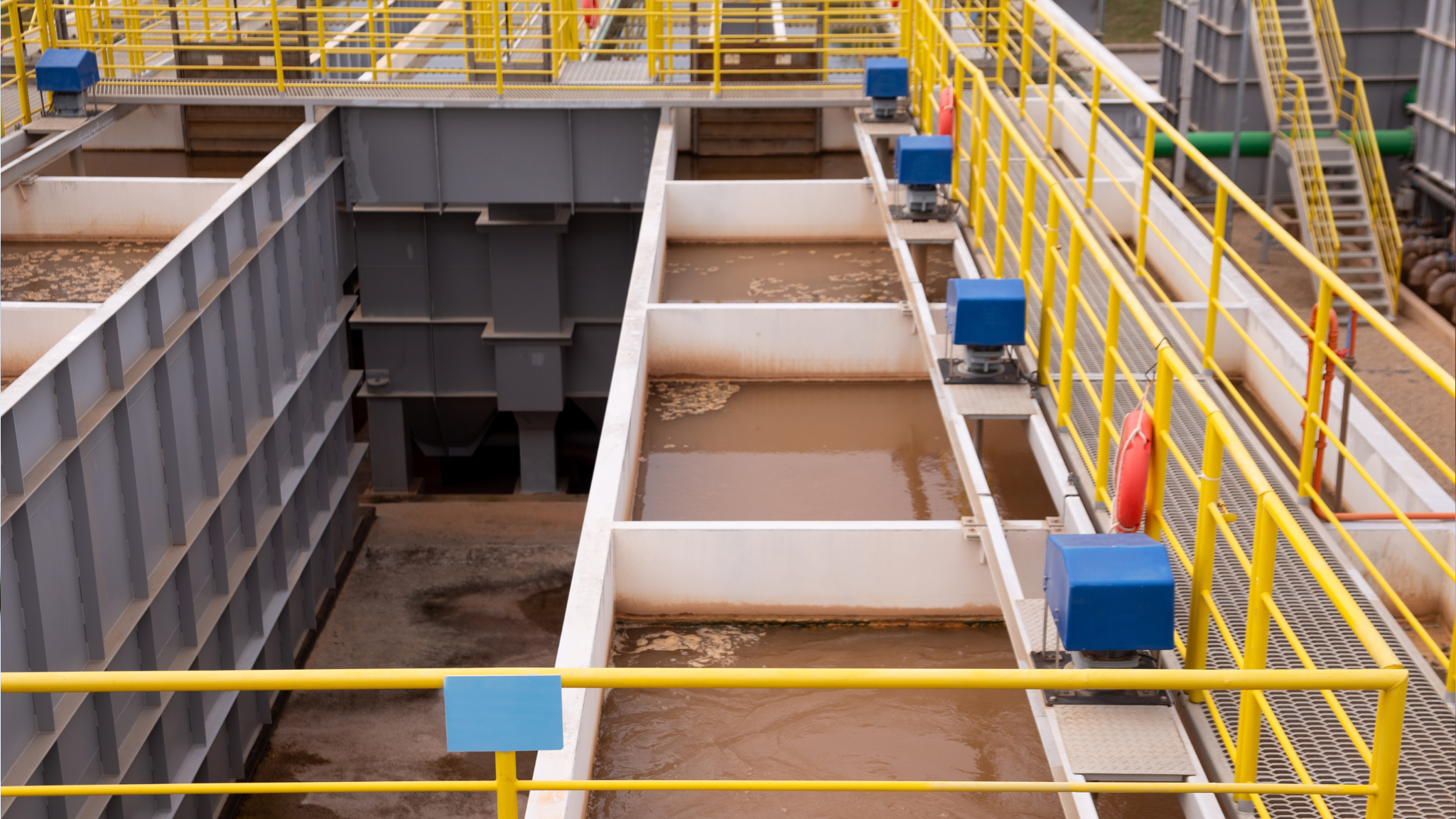Chemical warehouses serve as important facilitators of industries. They undertake safekeeping responsibilities for substances crucial to various processes. However, the nature of chemicals and their inherent risks elevate the relevance of strict safety measures to a very high order. This article identifies the best practices and guidelines for implementation in ensuring the safety of personnel, property, and the environment in chemical storage facilities.
Table of Contents
1. Facility Design and Construction
Safety in the chemical warehouse starts with the design stage. Features that limit spill and leak possibilities include:
- Bunded floors: Contain spilled materials to prevent spread and ease cleanup.
- Spill decks: Placed under containers to catch leaks.
- Ventilation systems: Prevent fume buildup and maintain air quality.
- Fire-resistant materials: Help avoid fire hazards.
2. Chemical Classification and Storage at Chemical Warehouses
- Chemical Classification: Segregate flammables, corrosives, oxidizers to avoid adverse reactions.
- Storage: Use temperature-controlled areas for flammables, plastic shelving for corrosives.
- Safety Data Sheets (SDS): Must be available for all chemicals, outlining hazards and handling instructions.
3. Operational Safety Practices
a. Labeling and Signage
- Clearly label all containers with chemical names, hazard symbols, and precautions.
- Transfer labels properly when chemicals are moved to new containers.
b. Operation of Machinery
- Only trained, certified personnel may operate machinery like forklifts.
- Set warehouse routes and speed limits.
- Keep machinery keys secure and limit access.
- Maintain clean workspaces to prevent slips, falls, and spills.
- Provide waste containers and designated areas for chemical transfers.

4. Emergency Preparation in Chemical Warehouses
a. Emergency Equipment
- Equip warehouse with eyewash stations, spill kits, fire extinguishers, and PPE.
- Regularly inspect and maintain emergency gear.
b. Evacuation Plans
- Establish and communicate evacuation plans.
- Keep emergency exits clear and accessible.
c. Chain of Command
- Clearly define and train staff on roles during emergencies to ensure quick, coordinated responses.
5. Training and Awareness
- Conduct regular safety training and emergency drills.
- Use visual aids like posters and charts to reinforce safety practices.
6. Site Security
- Secure warehouse access with locks, alarms, and surveillance.
- Limit access to trained personnel only.
- Emergency exits should be locked from the outside but operable from inside.
7. Practice and Continuous Improvement
- Hold regular fire and spill drills.
- Continuously review and update safety protocols based on drills and real incidents.
Conclusion
Safety in chemical warehouses is an ongoing process of design, training, and vigilance. By following these best practices, quality control engineers and facility managers can maintain a safe and efficient environment, ensuring compliance with regulations and protection for personnel, the community, and the environment.




